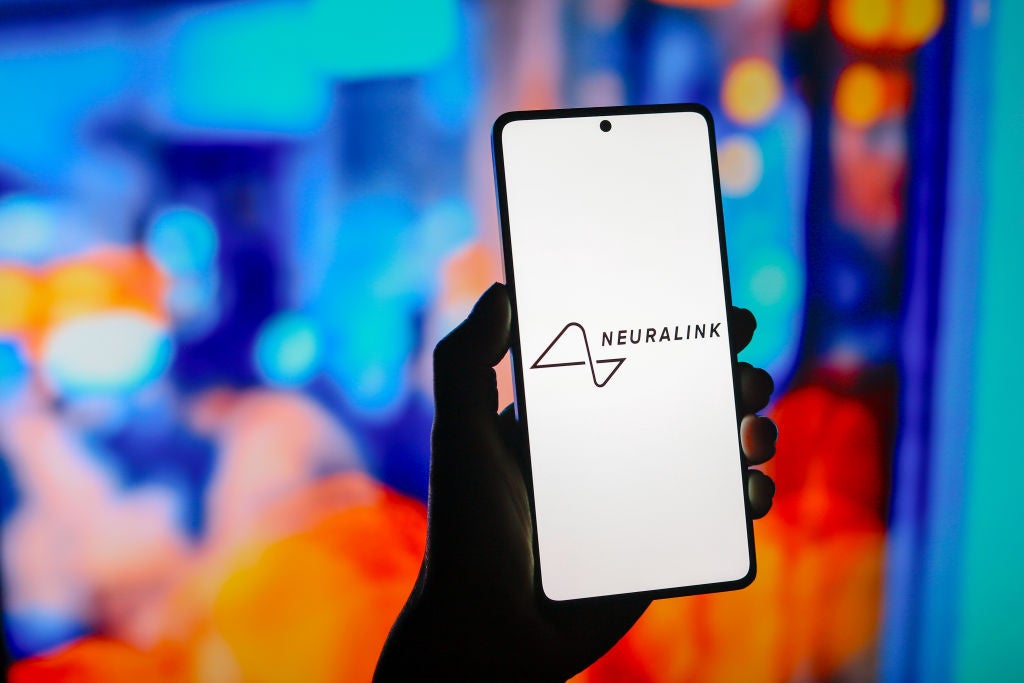Neuralink has successfully implanted its device in a second human patient. By enabling paralyzed patients to control digital devices using their thoughts, the company plans to restore independence and improve quality of life for millions worldwide.

Also Read: The EU AI Act is Now in Effect
The Neuralink device consists of a small chip implanted in the brain connected to thin, flexible electrodes. These electrodes detect neural signals and transmit them to external devices.
Each implant utilizes up to 1,024 electrodes designed to pick up brain signals and translate them into digital commands. This allows users to control electronic devices like computers, smartphones and gaming consoles.
The implantation is performed using a robotic system designed to ensure precision and minimize damage to brain tissue.
Neuralink’s clinical trial is known as the Precise Robotically Implanted Brain-Computer Interface (PRIME) study and it focuses on individuals with spinal cord injuries or neurodegenerative conditions such as amyotrophic lateral sclerosis (ALS).
The study targets individuals who are quadriplegic due to spinal cord injuries. Exclusion criteria include those with active implanted devices, a history of seizures or a need for MRI scans.
Noland Arbaugh, the first human patient to receive the Neuralink implant became quadriplegic following a diving accident. Before the implant, he relied on a stylus held in his mouth to interact with digital devices.
Since receiving the implant in January, Arbaugh has gained the ability to control a computer cursor with his thoughts.
This advancement has allowed him to perform tasks such as browsing the internet, playing video games and using social media independently.
With only 10-15% of the electrodes operational, Arbaugh has reportedly set a world record for cursor control speed using thought alone.
The second patient, like Arbaugh suffered a spinal cord injury and is now quadriplegic. The exact details of the patient’s identity and specific injury remain undisclosed.
Elon Musk announced that the second implantation was successful with 400 electrodes actively functioning.
Neuralink intends to implant devices in eight additional patients by the end of 2024, as part of its clinical trials.
Neuralink was founded by Elon Musk in 2016 with the goal of developing ultra-high bandwidth brain-machine interfaces to connect humans and computers.
The company’s mission is to merge the human brain with artificial intelligence, thereby enhancing human capabilities and overcoming neurological disorders.
Also Read: Beep: Pakistan Launches Homegrown Messaging App
The Neuralink device is often referred to as a brain chip and it is a sophisticated piece of technology that involves implanting thin, flexible electrodes into the brain.
These electrodes is known as threads and are thinner than a human hair and designed to detect and record brain activity.
Each chip contains 1,024 electrodes distributed across 64 flexible leads, allowing for detailed monitoring of neural signals.
In May 2023, Neuralink received approval from the US Food and Drug Administration (FDA) to conduct its first human clinical trials. The trials aim to evaluate the safety and efficacy of the brain chip in individuals with paralysis due to spinal cord injuries.
The First Human Trial Noland Arbaugh, a 28-year-old quadriplegic. Arbaugh suffered a spinal cord injury from a diving accident.
Arbaugh received the Neuralink implant in January 2024. The implantation involved precisely placing the device’s threads into targeted areas of Arbaugh’s brain to enable neural recording and stimulation.
Initially some of the threads retracted from the brain tissue affecting the chip’s performance. Neuralink’s team quickly responded by adjusting the device’s algorithms to restore functionality.
Arbaugh experienced an enhancement in his ability to control digital devices using thought alone. He can now operate a computer, play video games like Mario Kart and Civilization VI and communicate more independently.
Arbaugh expressed that the implant has allowed him to reconnect with family and friends, enhancing his quality of life.
The ability to control a computer without physical input devices has reduced his reliance on caregivers.
Approximately 15% of the implant’s electrodes remain in use due to initial technical difficulties, yet Arbaugh continues to perform tasks like reading and watching videos.
The company is actively working on improvements to prevent similar issues in future implants including refining the thread insertion process and electrode stability.
Musk announced on the Lex Fridman podcast that the second implantation appears to have been highly successful with no immediate complications.
Out of the 1,024 electrodes, approximately 400 are currently active, providing a dataset for ongoing analysis.
Early reports suggest that the device is functioning well, offering the patient new capabilities to interact with digital interfaces using thought alone.
Also Read: Turkey Blocks Instagram Amid Censorship Controversy























